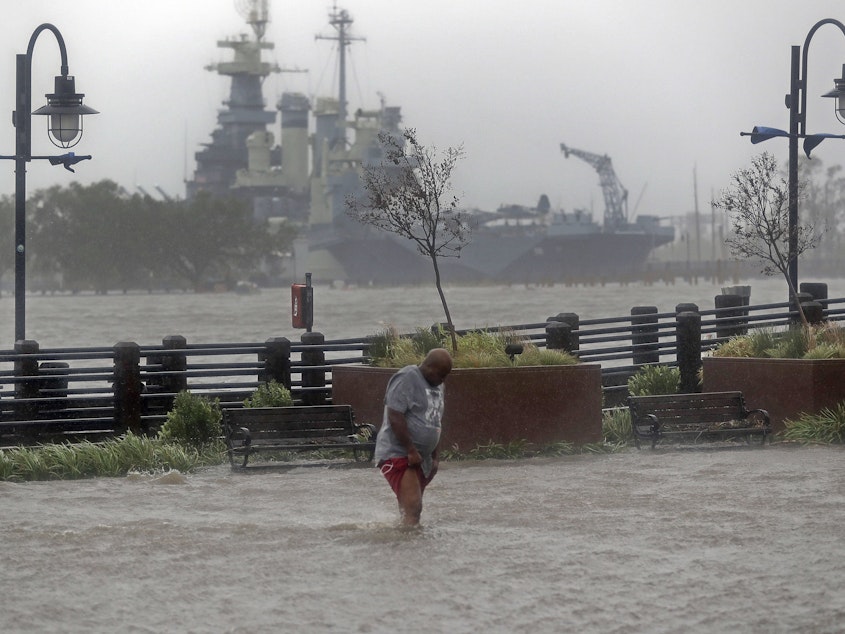A new study predicts a huge increase in catastrophic hurricanes for the northeastern U.S.

Hurricanes that cause both extreme high tides and heavy rain are among the most dangerous and destructive types of storms for coastal communities. Such hurricanes will occur much more frequently by the end of the century, according to a new study.
The research has implications for those living in coastal areas from Texas to New England, all of whom will face dramatic increases in hurricane-driven flood risk as the Earth heats up.
In recent years, multiple hurricanes have caused so-called compound flooding from rain and storm surge, including Hurricane Harvey in Texas and Hurricane Florence in the Carolinas. Both storms caused record-breaking amounts of damage and killed dozens of people.
Scientists at Princeton University and Massachusetts Institute of Technology wanted to know if such storms will happen more frequently in the future. They began by looking backward, to see how frequently hurricanes cause both extreme storm surge and extreme rain. They found that, in the past, such storms have been rare. Along both the Gulf Coast and the East Coast, it has been unlikely that a person would experience such a storm over the course of their lifetime.
But when the scientists turned their attention to the future, and factored in climate change, it was a different story. Hurricanes that cause compound flooding in coastal areas will become much more frequent by the end of the century, they found. In the future, people living on most of the Gulf Coast and East Coast will likely experience such a storm over the course of a lifetime.
The largest increase in risk was in the Northeast. In New England and the Mid-Atlantic, the authors estimate more than a 100-fold increase in hurricanes that bring both heavy rain and extremely high tides. So a storm that used to have less than a 0.1% chance of happening in any given year will instead have about a 10% chance of happening.
That's a big deal for coastal communities, says Ning Lin, an environmental engineer at Princeton and one of the authors of the study, which was published in the journal Nature Climate Change.
"In this study, we emphasize that rainfall is going to be a big player in the future flood risk," says Lin.
Coastal areas are accustomed to tidal flooding during hurricanes, because storm surge has historically been the dominant danger associated with storms making landfall, says Lin. But when you add heavy rain to the mix, it leads to novel and dangerous flooding over a much larger area.
For example, when Hurricane Florence hit North Carolina it caused prolonged flooding across much of the state, including areas far from the coast, due to both storm surge and rain-swollen rivers.
"In the future climate, these will become frequent events that we definitely have to prepare for," says Lin.
One way to prepare for wetter hurricanes is to upgrade infrastructure, for example, by elevating roads or diverting water away from power and wastewater treatment plants.
"A study like this is a reminder that we can't do things the same old way," says Chad Berginnis, the executive director of the Association of State Floodplain Managers. "For instance, we can't replace infrastructure in-kind. The same size, the same location, the same way. We need to be intentional in building resilience into those decisions."
Berginnis says local planning officials in coastal areas are already reacting to climate change by thinking longer-term. In the past, he says, it was standard practice to plan about 20 years into the future. But with climate change guaranteed to cause more risk for decades to come, local governments must think beyond the next two decades.
"When you're talking about flood resiliency in a coastal zone, you probably need to be looking on the order of 50 to 100 years out," Berginnis says. [Copyright 2022 NPR]



